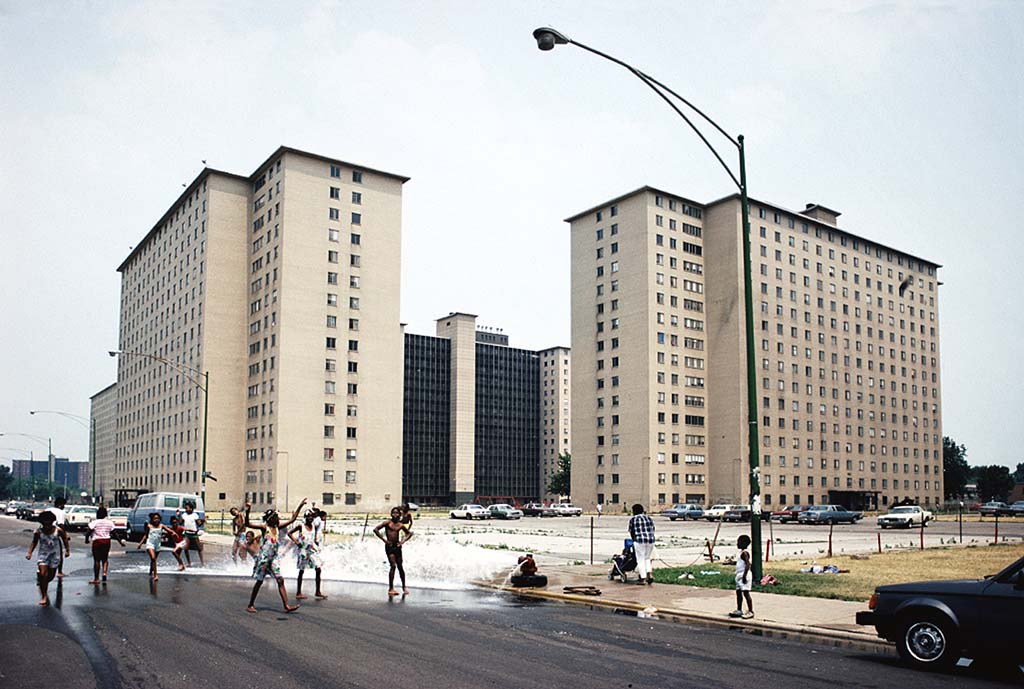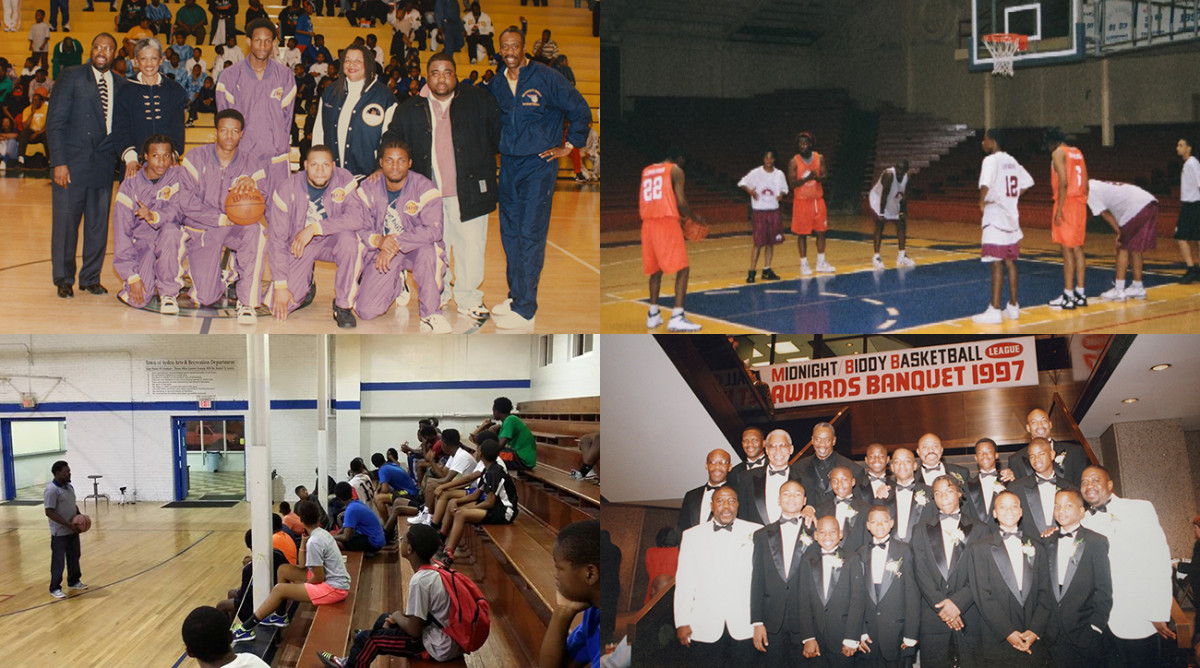1937
Chicago Housing Authority (CHA) is founded.
The “Neighborhood Composition Rule” policy enforced that public housing residents must be of the same race as the residents in the neighbourhood.
Chicago's history of public housing started in the 1950s with mass construction of subsidized housing in and around the city centre. Projects such as Ida B. Wells, Cabrini-Green, and Robert Taylor Homes were successful. The constructed houses accomodated mostly African-Americans who come in flux during the Great Migration
Black residents' presence was met by opposition, particularly through policies; for instance, “redlining” is a practice in which banks refused loans to black residents. This form of control of spatial dwelling actively kept black and white residents separate. Realtors and developers contributed to the fearmongering of racial integration by convincing white owners to sell their property at a low price and selling the same property to black residents at an inflated price. The spatial segregation and lack of affordability of housing for black residents lead to public housing projects in the 1950s, such as LeClaire Courts, which offered solutions to overcrowding, deterioration, and lack of maintenance of homes in the years prior. LeClaire Courts was among the first integrated public housing projects in North America. Yet, the complex was concenrated despite being placed in a postwar suburban neighbourhood of Garfield Ridge. Thei isolation allowed for the recycling of the same hardships as the accumulation of poverty and crime in the following decades stigmatized public housing, and tainted the image of LeClaire Courts which necessitated a spatial reconfiguration.
.png)
Chicago Housing Authority (CHA) is founded.
The “Neighborhood Composition Rule” policy enforced that public housing residents must be of the same race as the residents in the neighbourhood.

The Housing Act is passed which allowed for funding in constructing public housing. However, the proposed sites by CHA were opposed by aldermen and thus, public housing complexes were built in predominantly black neighourhoods. The biggest social housing project in the United States is the Robert Taylor Homes.

LeClaire Courts public housing is built in the South West Chicago neighbourhood, Garfield Ridge.

Midnight Basketball League is promoted by the CHA in an attempt to convert gang violence to a healthy and non-violent activity.
HUD establishes HOPE VI program that calls for the demolition of 'failed' social housing projects in America. The goal is to scatter social housing residents to reintegrate strategy.
The physical deterioration of the homes and the violence that ensued in much of the projects resulted to the overtaking of CHA by the Housing and Urban Development (HUD). They introduced policies that catalyzed the demolition of many public housing projects.

The state-funded and federal-funded subsidized housing in LeClaire Courts are demolished.